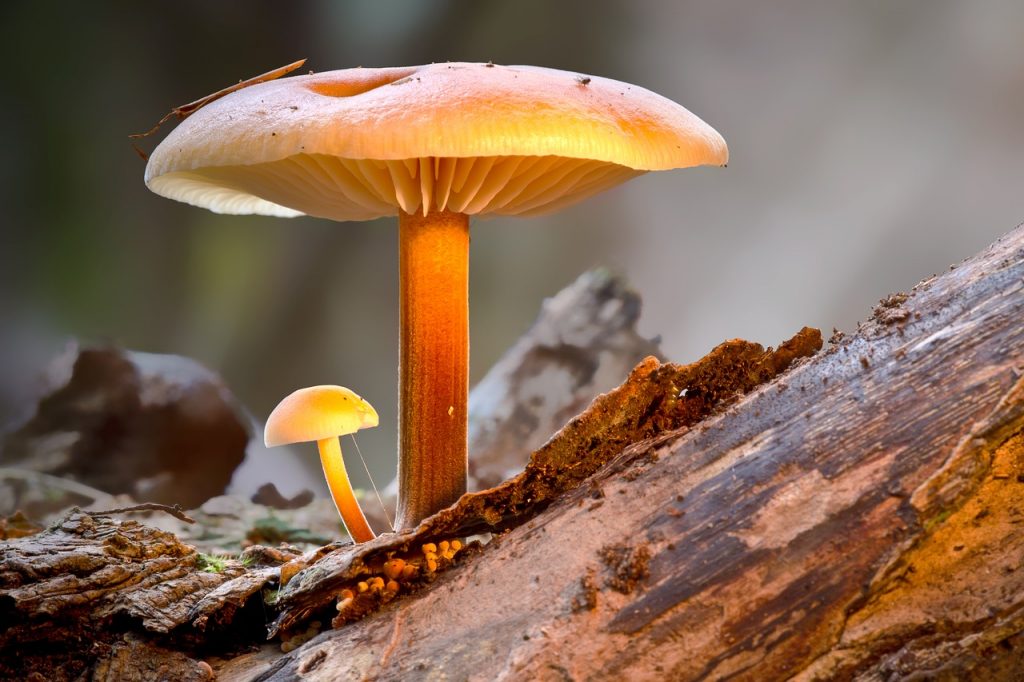
Hi everyone, if you haven’t filled out the Fundraising Perception Survey, please do so. It’ll take 10 minutes and I will send you a baby bunny. (OK, I was just told by our lead evaluator that bribing people with adorable pets would bias the results, so strike that).
***
Every year, I look forward to the Puget Sound Mycological Society’s Wild Mushrooms Show, where hundreds of types of mushrooms are on display. All are critical to the ecosystem. Some are edible and delicious; others are poisonous; a few phosphoresce in the dark; several gradually melt into a sticky mess. In other words, mushrooms are very much like nonprofits.
All jokes aside, there is much that mushrooms can teach us. We can liken direct service organizations to mushrooms, as they provide sustenance to a variety of plants and animals. They are vital because they feed the community.
However, for mushrooms to flourish, the mycelium must be strong. This is the vast but mostly underground network of root-like tendrils. Mycelium is like an invisible tree, and the mushrooms you see are the visible fruit. The mycelium does many important things: Brings nourishment, clears out toxins, connects mushrooms to one another, creates symbiosis with other species, and decomposes and recycles nutrients, among other things.
Continue reading “The Mycelium Model for capacity builders, professional associations, funders, and other support organizations”